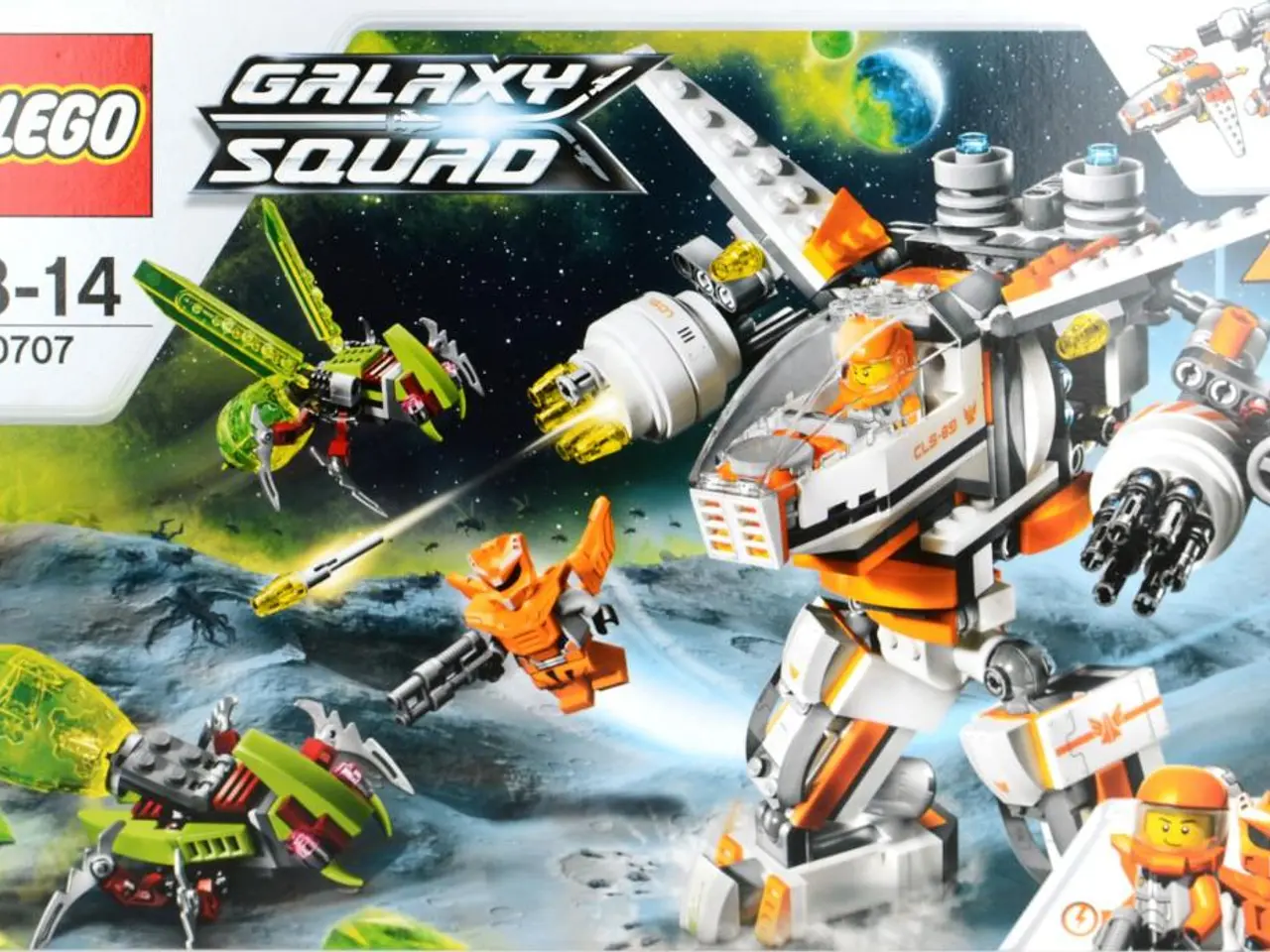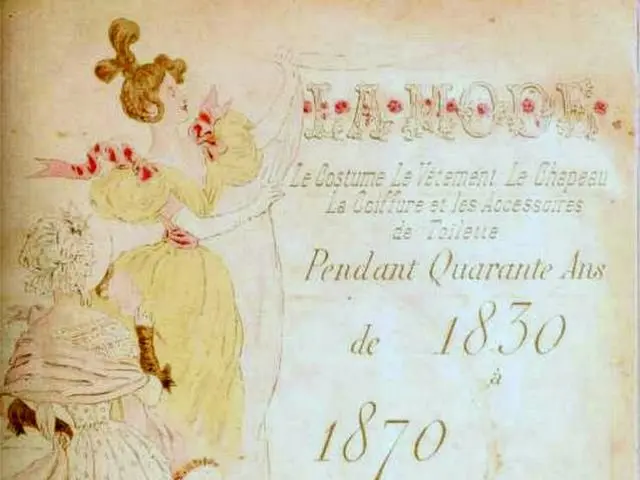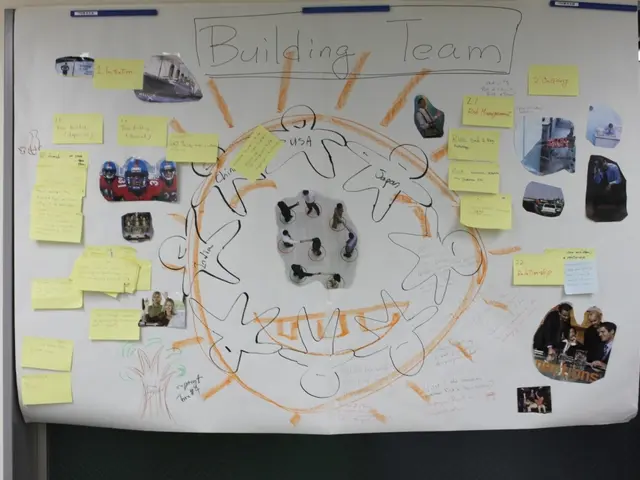"Robot Animals and Goat Cheese Triumph in Prix Ars Electronica Competition"
The annual Prix Ars Electronica, a renowned celebration of media art and technology, took place in 2025, marking a significant year for the event. With a record-breaking 3,987 submissions across all categories, the competition was fierce, yet four exceptional projects emerged victorious, each receiving a prestigious Golden Nica and a cash prize of 10,000 euros.
The New Animation Art category saw Frode Oldereid and Thomas Kvam from Norway take home the Golden Nica for their robotic arm installation, "Requiem for an Exit." This thought-provoking piece features an elderly face projected onto a cardboard head, delivering dystopian messages through a robotic arm. The installation is a poignant reflection on human history and individual responsibility.
In the Digital Musics & Sound Art category, the Golden Nica was awarded to Navid Navab (Iran/Canada) and Garnet Willis (Canada) for their project, "Organism." This innovative work features a robotically modified pipe organ from 1910, which creates uncontrolled chaos through a robotically controlled triple pendulum. The organ's sound is currently on display at the Mariendom, and Navab will give three concerts during the Ars Electronica Festival in September, the first being the opening.
Argentine artist Paula Gaetano Adi won the Golden Nica in the Artificial Life & Intelligence category for "Guanaquerx." This project, inspired by 19th-century Latin American liberation movements, sees Adi taking a robot in the form of a llama and many companions from Argentina to Chile across the Andes. The work envisions AI and robotics contributing to a collaborative and non-exploitative future.
The u19–create your world category, which invites young creators from Austria to present visions of the future, awarded its Golden Nica to Aleksa Jović and Nico Pflügler (Gilbert Gnos Productions) from HBLA for their experimental short film, "Das Ziegenkäsemachen aus der Sicht der Ziege" (Making Goat Cheese from the Goat’s Perspective).
In addition to the Golden Nicas, the Ars Electronica Award for Digital Humanity was given as the main prize to Domestic Data Streamers (Spain) for "Synthetic Memories," a project using generative AI to reconstruct vulnerable personal memories through collaborative AI-generated visuals. An Honorary Mention went to Yuqian Sun (China) for "AI Nüshu," an interactive art project merging computational linguistics with the cultural legacy of the unique women's script Nüshu.
This year's Prix Ars Electronica underscored a thematic focus on the connection of the digital with the physical world, with a strong emphasis on the corporeality of the world we live in. The event saw stronger participation from countries in Africa, Latin America, and China, reflecting the growing global interest in media art and technology. The Ars Electronica Festival, which showcases these winning projects and more, promises to be an unmissable event for art and technology enthusiasts alike.
[1] Ars Electronica. (2025). Prix Ars Electronica 2025: Winners Announced. Retrieved from https://www.aec.at/en/prix/2025/winners/ [2] Navab, N. & Willis, G. (2025). Organism: A Robotically Modified Organ. In: Ars Electronica Festival Catalogue. Retrieved from https://www.aec.at/en/festival/2025/catalogue/ [3] Adi, P. G. (2025). Guanaquerx: A Robot Crossing the Andes. In: Ars Electronica Festival Catalogue. Retrieved from https://www.aec.at/en/festival/2025/catalogue/
- The technology of artificial intelligence was harnessed in the winning project "Guanaquerx" by Argentine artist Paula Gaetano Adi, which envisions a collaborative and non-exploitative future for AI and robotics.
- In the education and self-development category of the annual Prix Ars Electronica, Aleksa Jović and Nico Pflügler (Gilbert Gnos Productions) from HBLA were awarded for their learning experience, "Das Ziegenkäsemachen aus der Sicht der Ziege" (Making Goat Chese from the Goat’s Perspective).




